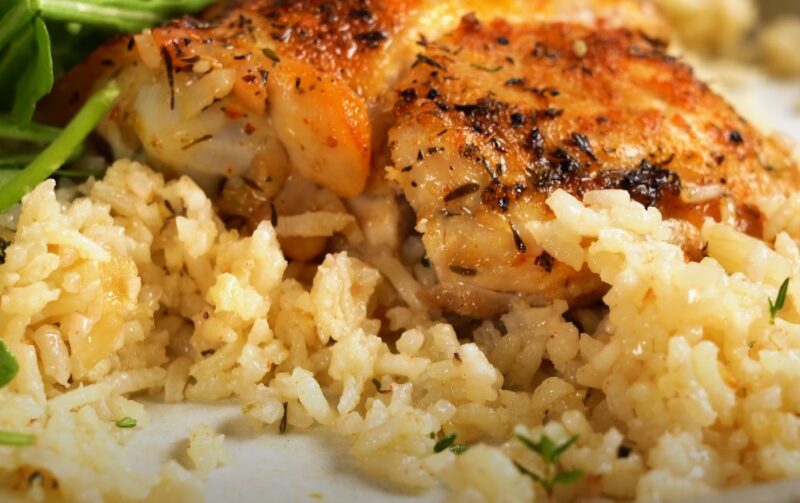The chicken and rice diet, a seemingly simple meal plan, has recently resurfaced as a trending topic in the health and fitness community. While not a magic bullet for weight loss, it can be an effective and healthy choice when followed in moderation and combined with a balanced approach to nutrition.
The combination of lean protein from chicken and complex carbohydrates from rice promotes satiety and supports overall health. This article explores the health and weight-loss effects of this diet, challenging preconceived notions and revealing unexpected benefits.
Nutritional Breakdown
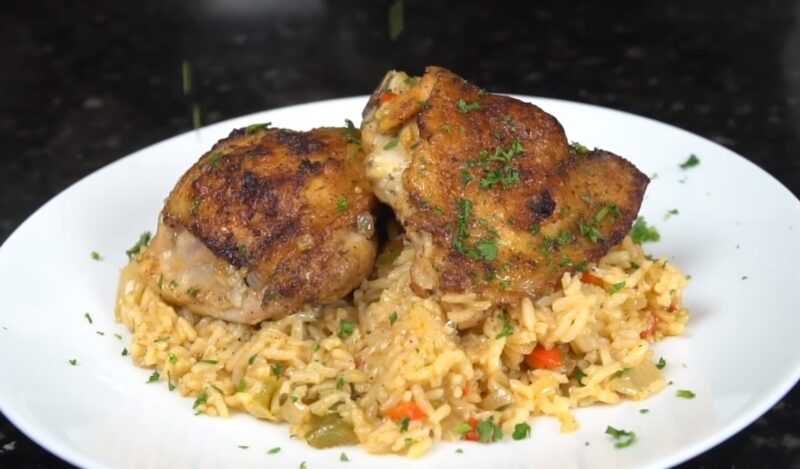
Chicken, the centerpiece of this diet, is renowned for its high-quality lean protein. Protein is crucial for muscle repair, growth, and overall body function.
A diet rich in lean protein, like that found in chicken, can significantly aid in weight loss by promoting satiety, reducing overall calorie intake, and preserving muscle mass during weight loss.
The Role of Rice
Rice, often vilified in low-carb diets, actually plays a vital role in this dietary plan. It provides essential carbohydrates that fuel the body, particularly the brain and muscles.
The type of rice chosen (brown vs. white) also impacts its nutritional value, with brown rice offering more fiber, vitamins, and minerals. This fiber content is crucial for digestive health and can aid in weight management by promoting a feeling of fullness.
A Harmonious Blend
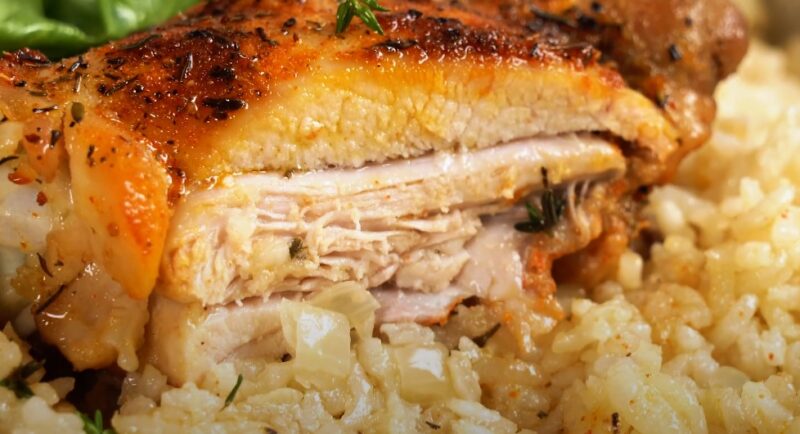
When combined, chicken and rice offer a balanced meal of proteins, carbohydrates, and essential nutrients. This balance is key to maintaining energy levels, supporting metabolic processes, and aiding in sustainable weight loss.
However, the diet’s success also hinges on portion control and the preparation methods of these foods.
Nutritional Table
This table provides a comparative view of the nutritional aspects of chicken and both types of rice, highlighting how they contribute to the overall effectiveness of the diet.
| Nutrient | Chicken | Brown Rice | White Rice |
|---|---|---|---|
| Protein | High-quality lean protein | Moderate | Low |
| Carbohydrates | Low | High in complex carbohydrates | High in simple carbohydrates |
| Fiber | Low | High | Low |
| Vitamins and Minerals | Varies (B vitamins, iron, zinc) | Rich (B vitamins, magnesium, selenium) | Varies (enriched with vitamins and minerals) |
| Caloric Content | Varies (depends on the cut) | Higher than white rice | High |
| Impact on Satiety | High (due to protein content) | High (due to fiber content) | Moderate |
| Role in Weight Loss | Supports muscle mass, reduces calorie intake | Aids in digestion, promotes fullness | Quick energy source, less satiating |
Weight Loss Mechanics

The chicken and rice diet can contribute to a caloric deficit, the cornerstone of weight loss. By consuming fewer calories than the body expends, this diet can effectively lead to weight loss.
The high protein content of chicken aids in this process by increasing satiety, which can naturally reduce calorie intake.
Metabolic Advantages
Protein has a higher thermic effect than carbohydrates or fats, meaning the body uses more energy to digest protein. This increased energy expenditure can contribute to weight loss.
Additionally, maintaining muscle mass during weight loss is crucial as muscle tissue burns more calories at rest compared to fat tissue.
Long-Term Sustainability
While the diet can be effective for short-term weight loss, its long-term sustainability is a subject of debate. Its simplicity can be both a blessing and a curse.
On one hand, it makes meal planning straightforward, but on the other, it may lead to nutritional deficiencies and boredom, potentially derailing long-term adherence.
Beyond Weight Loss
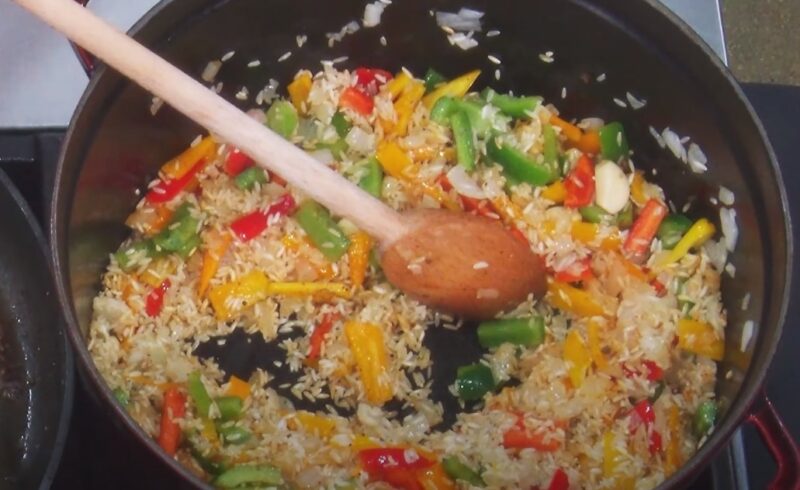
The chicken and rice diet, when executed with lean cuts of chicken and whole-grain rice, can have a positive impact on heart health. Lean chicken is low in saturated fat, which is beneficial for maintaining healthy cholesterol levels.
Additionally, the fiber in brown rice can help in reducing LDL (bad) cholesterol, further protecting heart health.
Blood Sugar Control
For individuals with diabetes or those at risk, this diet can offer significant benefits in blood sugar management. The combination of protein and fiber can help in moderating blood sugar spikes, especially when whole-grain rice is consumed.
This balance is crucial in preventing the highs and lows associated with blood sugar fluctuations.
Digestive Health
The fiber content in brown rice plays a vital role in digestive health. Fiber aids in bowel regularity and can prevent digestive disorders such as constipation.
Moreover, a diet rich in fiber can also be beneficial for gut microbiota, promoting overall gut health.
Potential Risks and Mitigation Strategies
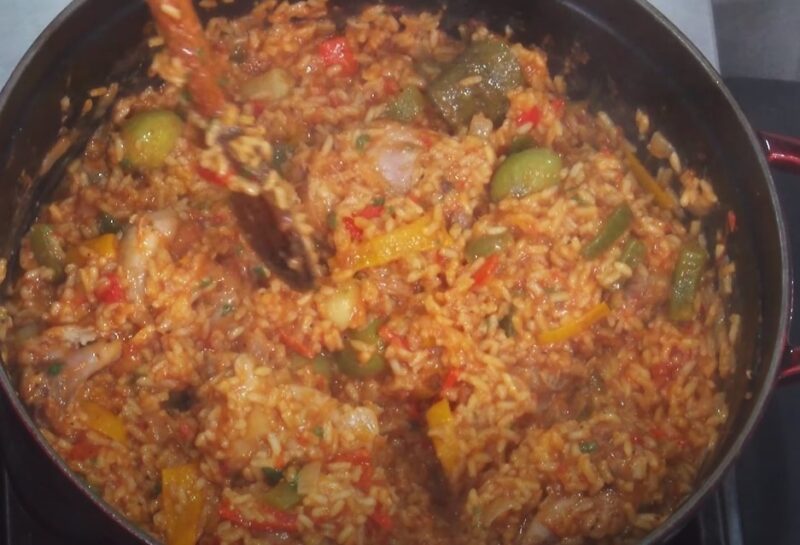
While this diet can offer several health benefits, it can also lead to nutritional deficiencies if not properly managed. The lack of variety can result in a shortfall of essential vitamins and minerals.
To mitigate this risk, it’s crucial to incorporate a variety of vegetables, fruits, and other protein sources into the diet.
The Risk of Contamination
Chicken is susceptible to bacterial contamination, such as Salmonella and Campylobacter. Proper handling and cooking of chicken are essential to prevent foodborne illnesses.
It’s crucial to cook the chicken to the appropriate temperature and practice good kitchen hygiene.
Overcoming Monotony
The repetitive nature of the diet can lead to boredom and make it challenging to stick to the diet long-term. To overcome this, experimenting with different herbs, spices, and cooking methods can add variety and enhance the flavor without adding significant calories.
Making It Work for You
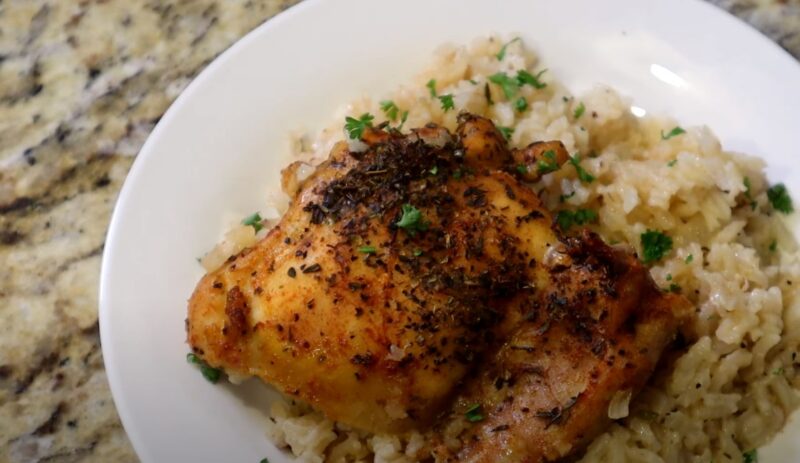
Portion control is essential. It’s important to measure servings to ensure a balance of nutrients while maintaining a caloric deficit for weight loss.
A general guideline is to fill half of the plate with vegetables, a quarter with lean chicken, and a quarter with rice.
Diversifying Your Plate
Incorporating a variety of vegetables and occasionally swapping rice with other whole grains like quinoa or barley can provide nutritional diversity. This not only prevents nutritional deficiencies but also keeps the diet interesting.
Listening to Your Body
It’s important to listen to your body’s cues. If you feel fatigued, hungry, or unsatisfied, it may be a sign to adjust your diet. Consulting with a nutritionist or dietitian can provide personalized guidance to ensure that the diet meets your individual health needs.
Recipes for the Diet
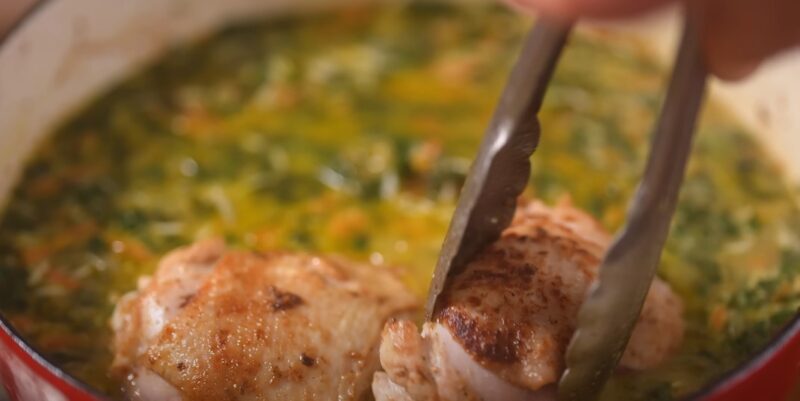
Exploring the chicken and rice diet doesn’t mean you have to sacrifice flavor and variety. Here are some delicious and nutritious recipes that align with the diet’s principles while keeping your meals interesting and satisfying.
Classic Chicken and Brown Rice Bowl
Ingredients:
- 1 boneless, skinless chicken breast
- 1 cup brown rice
- 2 cups of mixed vegetables (broccoli, carrots, bell peppers)
- Low-sodium soy sauce
- Garlic powder, onion powder, black pepper
Instructions:
- Cook the brown rice according to package instructions.
- Season the chicken breast with garlic powder, onion powder, and black pepper.
- Grill or bake the chicken until fully cooked and slice it.
- Steam or lightly sauté the mixed vegetables.
- Combine the rice, chicken, and vegetables in a bowl.
- Drizzle with a bit of low-sodium soy sauce for added flavor.
Lemon Herb Chicken with Wild Rice
Ingredients:
- 1 boneless, skinless chicken breast
- 1 cup wild rice blend
- Lemon juice and zest
- Fresh herbs (thyme, rosemary)
- Olive oil
- Salt and pepper
Instructions:
- Cook the wild rice blend as per package instructions.
- Marinate the chicken breast in lemon juice, zest, chopped herbs, salt, and pepper.
- Grill or bake the chicken until it’s fully cooked.
- Serve the chicken over a bed of wild rice, garnished with lemon slices and additional herbs.
Spicy Chicken and Rice Soup
Ingredients:
- 2 chicken breasts, shredded
- 1 cup brown rice
- 4 cups chicken broth
- 1 onion, chopped
- 2 garlic cloves, minced
- 1 can diced tomatoes
- 1 teaspoon chili powder
- 1 teaspoon cumin
- Salt and pepper
- Fresh cilantro for garnish
Instructions:
- Cook the brown rice separately.
- In a large pot, sauté onion and garlic until translucent.
- Add the chicken broth, diced tomatoes, chili powder, and cumin. Bring to a boil.
- Add the shredded chicken and cooked rice to the pot. Simmer for 10-15 minutes.
- Season with salt and pepper to taste.
- Serve hot, garnished with fresh cilantro.
Stir-fried Chicken and Rice
Ingredients:
- 1 boneless, skinless chicken breast, cut into strips
- 1 cup brown rice
- Mixed vegetables (snap peas, bell peppers, carrots)
- 2 tablespoons low-sodium soy sauce
- 1 tablespoon sesame oil
- Ginger, minced
- Garlic, minced
Instructions:
- Cook the brown rice as per package instructions.
- In a wok or large skillet, heat the sesame oil over medium heat.
- Add the chicken strips and stir-fry until cooked through.
- Add the ginger, garlic, and vegetables, stir-frying until the vegetables are tender-crisp.
- Add the cooked rice and soy sauce, mixing well.
- Serve hot, garnished with sesame seeds if desired.
Mediterranean Chicken and Rice Salad
Ingredients:
- 1 grilled chicken breast, sliced
- 1 cup cooked brown rice
- Cherry tomatoes, halved
- Cucumber, diced
- Red onion, thinly sliced
- Kalamata olives
- Feta cheese
- Olive oil
- Lemon juice
- Oregano
Instructions:
- In a large bowl, combine the cooked brown rice, cherry tomatoes, cucumber, red onion, and olives.
- Add the sliced grilled chicken to the salad.
- In a small bowl, whisk together olive oil, lemon juice, and oregano to make the dressing.
- Drizzle the dressing over the salad and toss to combine.
- Top with crumbled feta cheese before serving.
These recipes demonstrate that the chicken and rice diet can be both nutritious and full of flavor. By incorporating various herbs, spices, and vegetables, you can enjoy a diverse range of meals while adhering to the diet’s guidelines.
FAQ
Can I lose weight on a chicken and rice diet without exercise?
Yes, weight loss can occur through dietary changes alone, like the chicken and rice diet, by creating a calorie deficit. However, including exercise enhances muscle tone, boosts metabolism, and improves overall health.
Is the chicken and rice diet suitable for vegetarians or vegans?
As it relies heavily on chicken for protein, it’s not suitable for vegetarians or vegans. However, plant-based protein sources like lentils, beans, or tofu can be used as alternatives to chicken.
Can this diet meet all my nutritional needs?
While rich in protein and carbohydrates, the chicken and rice diet might lack certain vitamins and minerals found in fruits, vegetables, and dairy. Supplementing with these food groups is recommended.
How does the chicken and rice diet affect blood sugar levels?
This diet, especially when incorporating whole-grain rice, can stabilize blood sugar levels due to the balance of protein, fiber, and complex carbohydrates.
Are there any risks associated with the chicken and rice diet?
The primary risks include potential boredom, nutritional deficiencies from a lack of variety, and the risk of improperly handling and cooking chicken. Diversifying the diet and practicing food safety can mitigate these risks.
Final Words
In conclusion, the chicken and rice diet emerges as a simple yet effective approach for those seeking a healthier lifestyle and weight management. Its combination of lean protein and complex carbohydrates offers a balanced meal plan that not only aids in weight loss but also supports overall health and well-being.
The diet’s emphasis on portion control, nutritional balance, and the importance of preparation methods underscores its potential as a sustainable health strategy. However, it’s crucial to recognize that this diet is not a one-size-fits-all solution. Its effectiveness is heightened when integrated with a diverse and balanced diet, ensuring a comprehensive intake of essential nutrients.
The potential monotony and nutritional limitations of the diet highlight the importance of incorporating variety, such as different vegetables, grains, and protein sources, to maintain both interest and nutritional adequacy.
